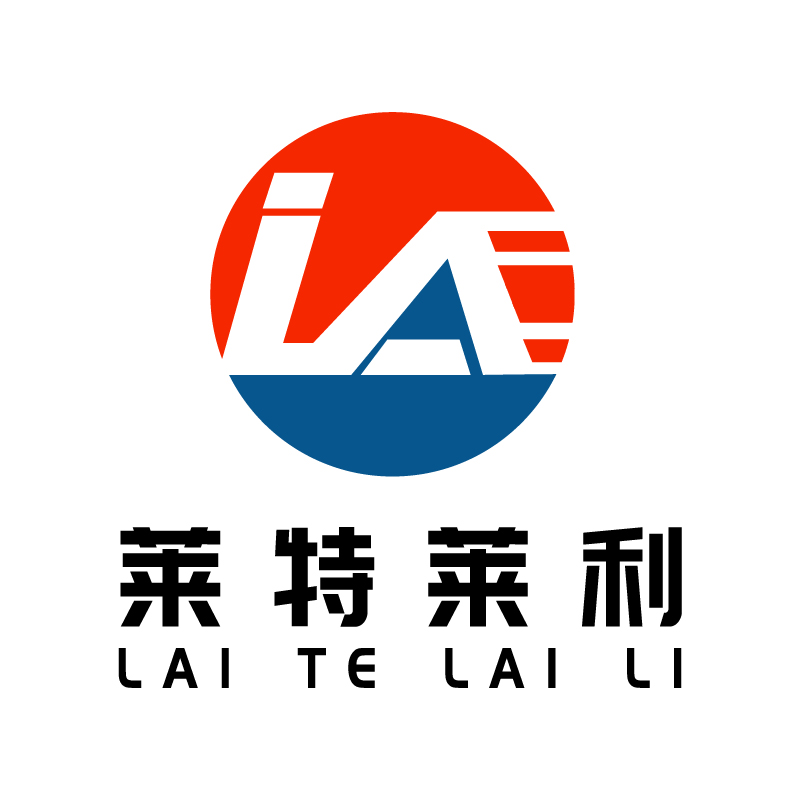What are the requirements for the process of transporting reinforced all-resin carbon strips?
The process of transporting reinforced all-resin carbon tape needs to follow certain requirements to ensure the safety and performance stability of the carbon tape during transportation. Here are some key requirements:
1. Temperature and humidity control
Temperature range: The transportation environment should be controlled between -5℃ and 45℃. This is because too high a temperature may cause the carbon strip material to soften or deform, while too low a temperature may affect its adhesion or mechanical properties.
Humidity control: The relative humidity should be maintained between 20% and 85%. High humidity may lead to hygroscopic carbon tape and affect its printing effect. If the humidity is too low, static electricity may be generated, causing damage to the carbon belt.
2. Packaging requirements
Tightness: The carbon belt should be packed with well-sealed packaging materials to prevent the intrusion of dust, moisture or other pollutants during transportation.
Shock-proof measures: Appropriate shock-proof materials, such as foam and air cushion film, should be added to the inside of the package to reduce the damage caused by vibration and impact on the carbon belt during transportation.
3. Mode of transportation
Avoid long-term exposure: the carbon belt should try to avoid long-term exposure to direct sunlight or extreme weather conditions during transportation to reduce the impact of ultraviolet, high or low temperature on the performance of the carbon belt.
Rapid transport: If conditions permit, a fast and stable mode of transport should be selected to shorten the transport time and reduce the risk of damage to the carbon belt during transport.
4. Precautions
Avoid overstacking: During transportation, avoid overstacking carbon belts to avoid causing oppressive damage to them.
Regular inspection: During transportation, the packaging and state of the carbon belt should be regularly checked to ensure that it is intact.
5. Comply with relevant regulations and standards
During the transportation process, the relevant transportation regulations and standards, such as the transport of dangerous goods regulations, should also be followed to ensure the safety and compliance of the transportation process.
In conclusion, the process of transporting reinforced all-resin carbon strips requires strict control of temperature and humidity, the use of well-sealed packaging materials, the avoidance of prolonged exposure and over-stacking, the selection of fast and stable transportation methods, and compliance with relevant regulations and standards. These requirements help to ensure the safety and performance stability of the carbon belt during transportation.



